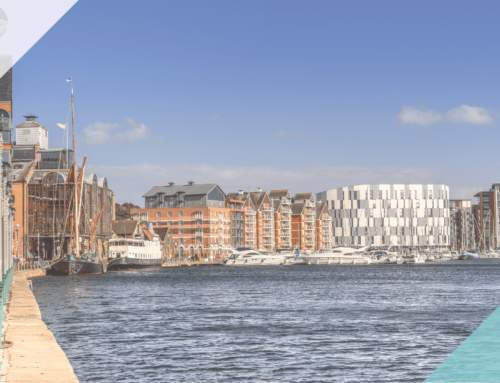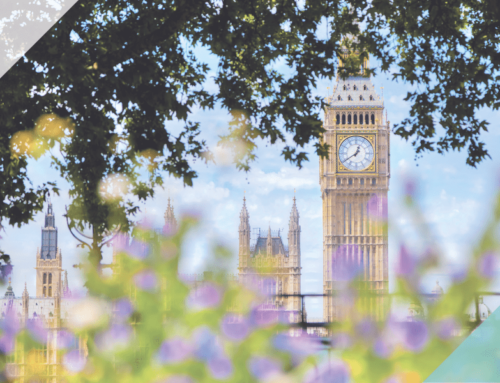What is a ‘License for Alterations’
A ‘License for Alterations’ is a legal document that sets out the terms and conditions where a leaseholder can make changes to their property. It gives a leaseholder permission to make particular changes to their property. It is typically written up by the freeholder’s solicitor and is paid for by the leaseholder.
Why is a License for Alterations needed?
To protect both the freeholder’s and the leaseholder’s interests is vital to get a ‘License for Alterations’ drawn up.
It lays out the terms and conditions of any alterations and makes sure that both parties know their rights and obligations.
If a leaseholder does not have a ‘License for Alterations’, then this means they could be breaching their lease and therefore the freeholder could have unanticipated alterations made to their property.
What is included in a License for Alterations?
- What kind of alterations are permitted
- The time period the alterations need to be completed in
- What the leaseholder and freeholders’ responsibilities are
- The terms and conditions under which the alterations can be made
- Any restrictions or limitations
What should Leaseholders and Freeholders need to know:
Before making any changes to the property, leaseholders need to be aware that they will need to get a ‘License for Alterations.’
If this is not done, they could face legal action. Leaseholders should also make sure that the alterations that they want to carry out are possible under the terms and conditions set out in the License for Alterations.
Freeholders have the right to refuse permission for specific types of alterations. All parties should enlist legal support to make sure that their License for Alterations is done properly and is legally binding.
For more information, or to receive a quote, email William.oakes@attwells.com





